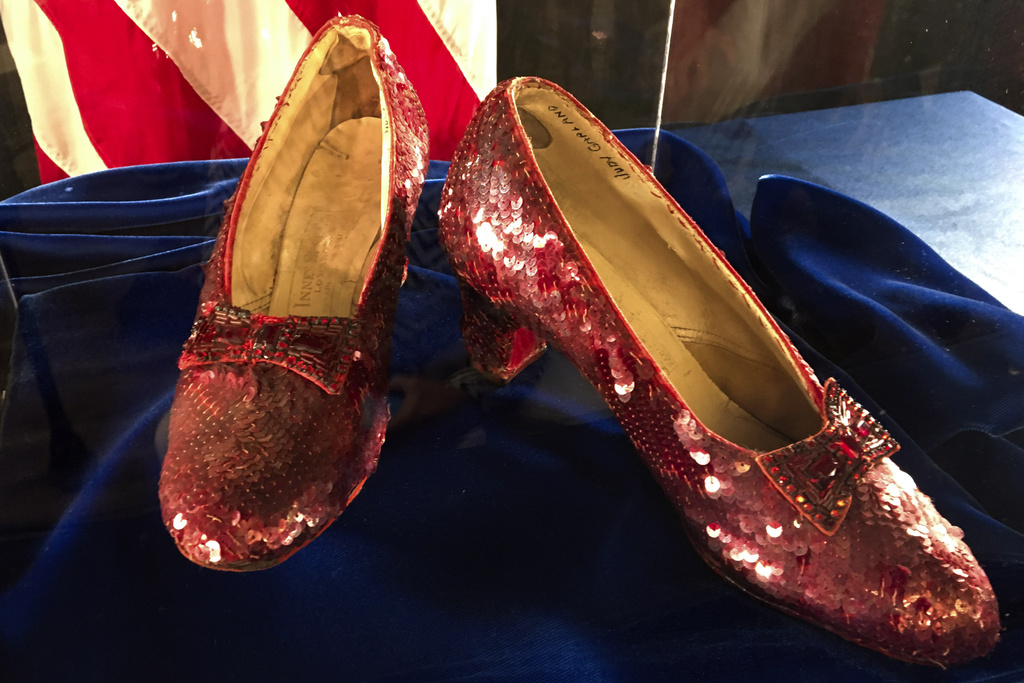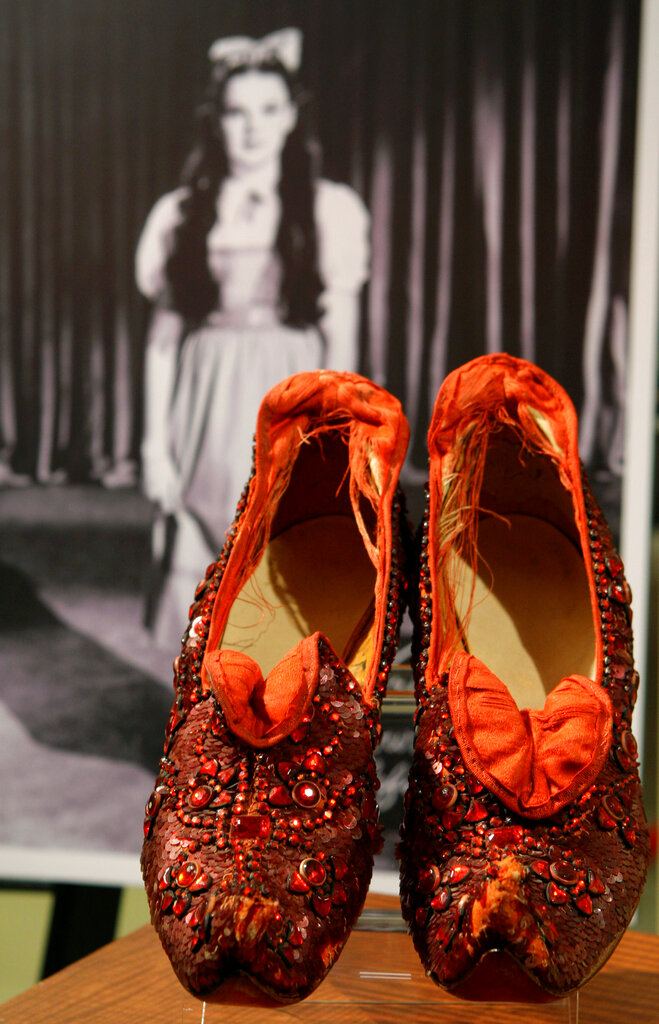Trial of Ailing Thief, 76, Charged With Stealing Judy Garland’s Ruby Slippers From ‘The Wizard of Oz,’ To Begin Monday
The trial of a second alleged thief involved in the stealing of the iconic ruby slippers from ‘The Wizard of Oz’ is set to begin in Minnesota Monday.

The trial of a man accused of stealing a pair of ruby slippers from the 1939 classic film “The Wizard of Oz,” Jerry Hal Saliterman, 76, is set to begin Monday. Mr. Saliterman, who is in hospice care, is the second person to be tried for the theft of the iconic slippers.
Mr. Saliterman, who attended court in a wheelchair and using an oxygen tank to breathe, was indicted in federal court in the District of Minnesota in March, following the guilty plea of another man accused of stealing the prized slippers, Terry Jon Martin, who is also 76.
Martin admitted to stealing the shoes after being charged with their 2005 theft from the Judy Garland Museum at Grand Rapids, Minnesota, where Garland, then named Frances Gumm, was born.

The shoes were among as many as 10 pair made for the movie’s troubled production, and it’s not clear if Garland actually wore the pair in the film. One pair displayed at the Smithsonian at Washington is actually mismatched, and was also stolen, then recovered, in the 2000s.

Regarding the purloined Grand Rapids pair, Martin’s attorney, Dane DeKrey, in a memo to the court said that Martin gave into the temptation to achieve “one last score” after a mob connection told him that the shoes were adorned with real rubies, which he said would justify their $1 million insured value.
Although the shoes were stolen in 2005, they weren’t recovered until 2018, when someone else attempted to claim a reward for them from the insurer.
In October of last year, Martin pleaded guilty to breaking into the museum, using a hammer to break the display case, and stealing the slippers. When Martin went to sell the stolen slippers to a fence, the fence informed him that the “rubies” were made of glass.

“At first, Terry declined the invitation to participate in the heist. But old habits die hard, and the thought of a ‘final score’ kept him up at night,” Mr. DeKrey said in the memo. “After much contemplation, Terry had a criminal relapse and decided to participate in the theft.”

Martin, though, ultimately received no jail time in part because he was found to be unable to pose a threat to society. At the time of the trial Martin was in hospice care with chronic obstructive pulmonary disorder, keeping him wheelchair bound.
Mr. DeKrey also asked the judge to consider the events of Martin’s life. Martin left home at 16 after his stepmother abused him and his brothers for years, embarking on a life of drinking and stealing.
On parole for an earlier sentence, Martin fathered twins with his late girlfriend. Then his parole was revoked. After visiting him in prison, Martin’s girlfriend and his young children were killed when a train hit their car.
“His son said it best: ‘the twins’ death made (my dad) just give up on life; he decided on a life of crime,’” Mr. DeKrey wrote.
Mr. Saliterman’s role in this story, though, remains unclear. He is charged with a felony count of theft of a major artwork and tampering with a witness, after allegedly threatening to “distribute sex tapes” of a woman in a bid to prevent her from turning him in to law enforcement.
Also unlike Martin, Mr. Saliterman has maintained his innocence, with his attorney, John Brink, telling the court that his client has not “done anything wrong.”
If convicted, it is possible that Mr. Saliterman would also receive a lenient sentence from the court, given that he is only expected to live for a few more months.

